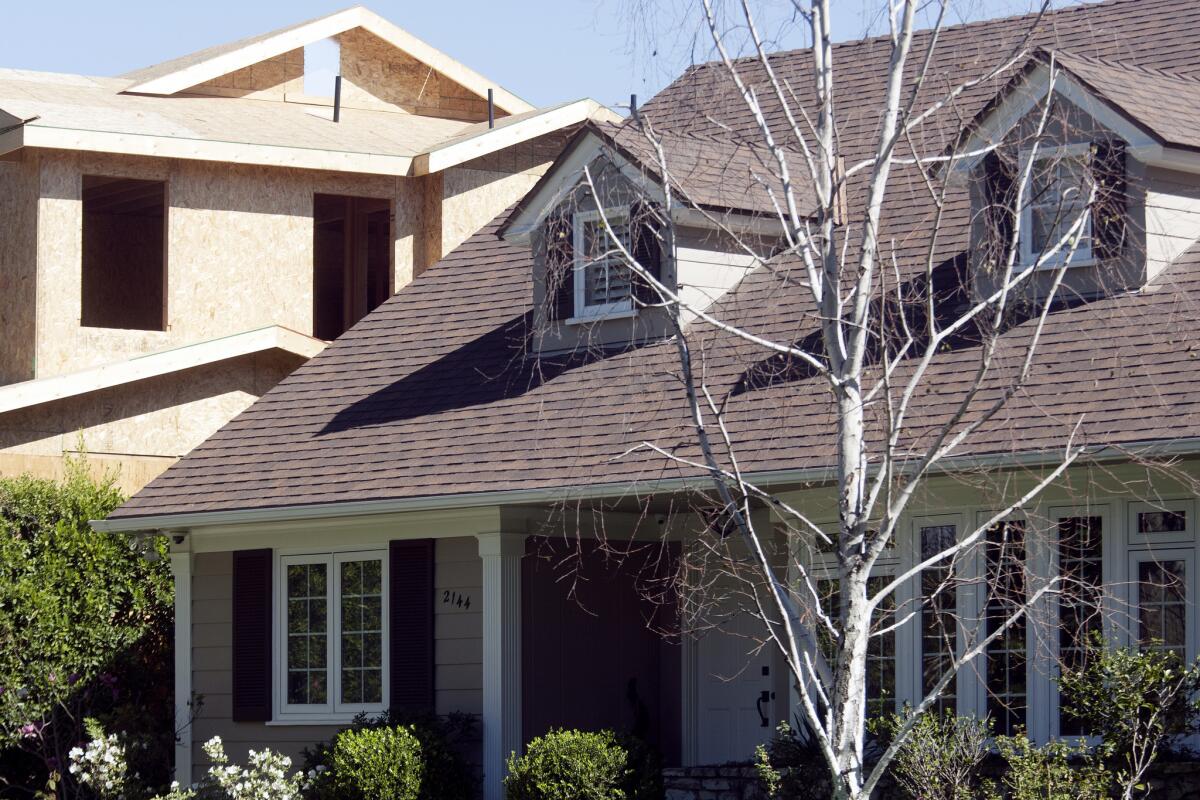Why cities have an incentive to cheat under the governor’s new housing plan

Reporting from Sacramento — Gov. Jerry Brown’s plan to ease the state’s housing affordability crisis takes aim at local control over development. Brown believes cities require too many approvals for housing projects, which can have the consequence of making it harder to build. The governor’s solution is to limit local review over projects that reserve part of their units for low-income residents.
For Brown’s plan to work, he’ll need cities to cooperate with him: If local governments haven’t zoned land for the high-density development Brown wants to see built, then his proposal won’t change anything.
Cities, especially those that don’t want more development or density that comes with affordable housing, might fight back against Brown’s plan. Under the proposal, if land is zoned to have 100 apartments on it, for example, a developer can build that many units without delay, provided some qualify as affordable. But if, for example, a city changes the property’s zoning to only allow for 50 units, the speedy approval offered by Brown’s plan would not be available.
See more of our top stories on Facebook >>
“Since projects have to comply with underlying zoning, it may incentivize downzoning by local governments,” said Andrew Whittemore, an assistant professor in city and regional planning at the University of North Carolina who has studied development in Los Angeles. “This would be an unfortunate, but possible outcome in many communities.”
California is supposed to have a law on the books to prevent cities from sharply cutting housing density. Every five to eight years, cities and counties must show the state that they’ve zoned enough land to meet housing needs for people of all income levels, including the poor. But some cities have been able to get around these rules.
Encinitas, a wealthy coastal enclave in northern San Diego County, for instance, has never had a plan that meets state requirements in the law’s 47-year history, despite multiple lawsuits.
Ben Metcalf, director of the state Department of Housing and Community Development, said he believes the state’s rules are strong enough to prevent cities from massively reducing density if Brown’s measure passes.
SIGN UP for the free Essential Politics newsletter >>
“Maybe on the margins that’ll happen in a few places, but by and large folks want to be in compliance,” Metcalf said.
Metcalf does concede that the law doesn’t do enough to ensure that all the housing cities and counties say they’re going to build will actually be constructed. Less than half the homes needed to keep pace with population growth were built over the state’s last review period, which ended in 2014. The numbers are even worse for low-income housing.
“We have no way of holding jurisdictions accountable to actually produce those units,” Metcalf said. “I think as a consequence — and because of all kinds of perverse incentives — jurisdictions have not really gone out of their way to ensure that they’re really hitting the production.”
That’s just one of the weaknesses in the law cited by Darrel Ramsey-Musolf, an assistant professor of regional planning at the University of Massachusetts at Amherst, in a study published this month in Housing Policy Debate.
Beyond the law’s failure to make sure housing gets built, Ramsey-Musolf found that the state didn’t do a good job of tracking housing production, made it too cumbersome for cities to comply and unfairly pushed the burden of building low-income housing to poor communities. He believes the state should have stronger penalties for cities that don’t follow the law and add them for those that don’t produce enough housing.
“At present, the law rewards municipalities for completing a paper process without examining tangible results,” the study said.
ALSO
Labor unions, environmentalists are biggest opponents of Gov. Brown’s affordable housing plan
This is how California’s governor wants to make it easier to build affordable housing
California doesn’t have enough housing, and lawmakers aren’t doing much about it
Follow me at @dillonliam on Twitter
More to Read
Get the L.A. Times Politics newsletter
Deeply reported insights into legislation, politics and policy from Sacramento, Washington and beyond. In your inbox three times per week.
You may occasionally receive promotional content from the Los Angeles Times.











